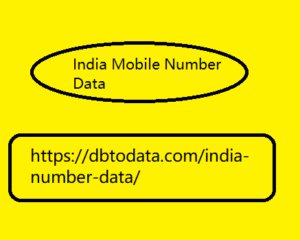Post by account_disabled on Mar 10, 2024 5:03:39 GMT -5
The path of marketing as a business practice probably arises with the need of the producer and trader to sell their products in the presence of some form of competition. Marketing theory, as a systematization of thoughts and practices of marketing men, saw the light later thanks also to excellent popularizers such as Philip Kotler. We can distinguish different approaches to marketing that have followed one another over the years: Production orientation: at the beginning of the 20th century the demand was enormously higher than the supply of products and, therefore, the entrepreneur concentrated only on reducing production costs; Product orientation: in this phase the company's attention is aimed exclusively at improving the product, in the belief that the consumer is waiting for nothing else (a problem called "marketing myopia" by Theodore Levitt); Sales orientation: in the 50s/60s supply begins to exceed demand and the problem becomes how to place all the available products.
The entrepreneur focuses on aggressive commercial techniques, increase in the sales force and India Mobile Number Data widespread advertising campaigns; Marketing orientation: only in the 90s did companies begin to understand the importance of developing business strategies, starting from understanding customer needs. The era of marketing begins. With the spread of the internet we started talking about digital marketing, a definition that has never convinced me because it has dangerously shifted attention only to the newest part of marketing practice and in particular to tools and techniques. Unfortunately, the emphasis on tools generated by the hype around digital marketing has led an entire generation of professionals to skip the study of the fundamentals of marketing and throw themselves headlong into the use of "tools".

In doing so, many have learned to use the available tools perfectly, but unconsciously adhering to their design logic and losing sight of business objectives. A new classification of modern marketing In my book " Augmented Marketing " I propose a classification of marketing based on two variables: the dynamism of the market and the technological propensity of the company. If the company finds itself operating in static and predictable markets, it can very well resort to traditional marketing, without any type of automation. Of course, the use of a basic set of digital tools used with a tactical approach is also useful in this case.
The entrepreneur focuses on aggressive commercial techniques, increase in the sales force and India Mobile Number Data widespread advertising campaigns; Marketing orientation: only in the 90s did companies begin to understand the importance of developing business strategies, starting from understanding customer needs. The era of marketing begins. With the spread of the internet we started talking about digital marketing, a definition that has never convinced me because it has dangerously shifted attention only to the newest part of marketing practice and in particular to tools and techniques. Unfortunately, the emphasis on tools generated by the hype around digital marketing has led an entire generation of professionals to skip the study of the fundamentals of marketing and throw themselves headlong into the use of "tools".

In doing so, many have learned to use the available tools perfectly, but unconsciously adhering to their design logic and losing sight of business objectives. A new classification of modern marketing In my book " Augmented Marketing " I propose a classification of marketing based on two variables: the dynamism of the market and the technological propensity of the company. If the company finds itself operating in static and predictable markets, it can very well resort to traditional marketing, without any type of automation. Of course, the use of a basic set of digital tools used with a tactical approach is also useful in this case.
